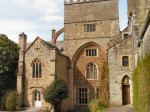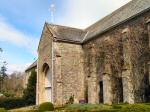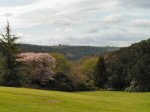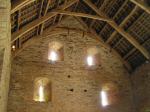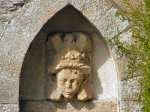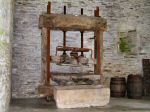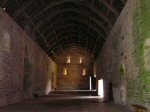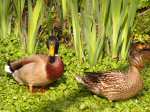| Buckland Abbey was first built 700 years ago as a Cistercian
monastery in a quiet valley above the River Tavy on the edge of Dartmoor.
Claimed by the crown at the time of the Reformation, Henry VIII sold the
old monastery to Sir Richard Grenville in 1541. It was Sir Richard's grandson
who inherited the abbey, and finished converting the monastery into a home.
It was this Sir Richard in command of Drake's old flagship, the Revenge,
who was immortalised by Tennyson for his last battle ('At Flores in the
Azores Sir Richard Grenville lay ...'). He was the son of Sir Roger Grenville,
who commanded and was lost in the Mary Rose in 1545. His grandfather was
also called Sir Richard Grenville and was the marshal of Calais under Henry
VIII. Rather than convert the domestic buildings of the monastery, Sir Richard
inserted three floors of the original 13th century church and retained the
square tower. He sold the property to Sir Francis Drake in 1581 after his
return from his famous circumnavigation of the globe. Buckland Abbey remained
in the Drake family (although from 1813 in more remote branches of the family)
until the National Trust took it over 1948 following a serious fire. The
Trust restored the Abbey and it was opened to the public by the Earl of
Mountbatten on the 10th July 1951.
The property has a fine 16th century great hall in the house and a massive
medieval tithe barn some 160 feet long from the time of the Cistercian
monastery. There are also gardens including a herb garden, country walks,
and craft workshops occupying a group of granite outbuildings including
an ox-shed. This shed was introduced by William Marshall, the famous agricultural
improver, who spent four years at Buckland Abbey between 1791 and 1794.
|
